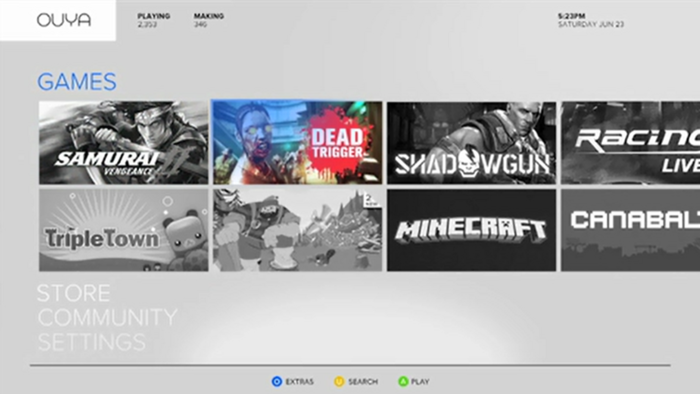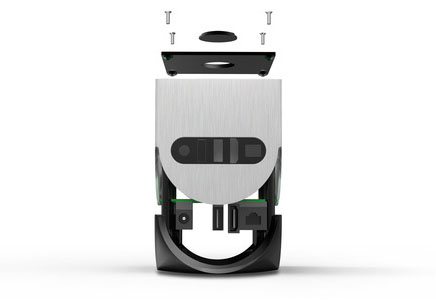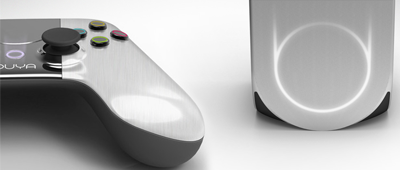
OUYA, an Interesting Time in Gaming History
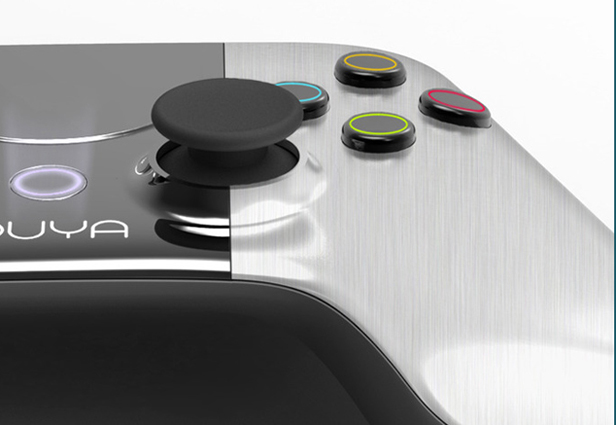
We’re truly experiencing a unique change in gaming history. No, I’m not referring to graphical leaps or better hardware. I’m speaking of the new prospects developers now have where they can easily receive help from the community to make their ideas come to fruition. A time in history where the lines between developer, publisher and retailer are thinning, and the fields of creativity are now accessible on a larger scale.
At first I was very skeptical of the website Kickstarter, given it’s lack of accountability if someone were to not deliver on their promises (it’s already happening!), and some developers’ limited understanding of budgets. Though, that isn’t to say that there isn’t some good that can come out of the endeavors, and that’s what we’re seeing with the OUYA.
The OUYA kickstarter hit the scene on July 10th, 2012. The OUYA is a new console for the T.V., powered by Android technology, that will allow more developers access to the professional gaming scene. According to the video present on the Kickstarter page, “the console business as it is, is completely closed to the independent developer.” That’s what the OUYA wants to try to fix.
To make sure the OUYA is open to everyone, every console comes with an Android dev kit, with the purchasing of a license or a SDK not required. Although the OUYA is based on Android, it doesn’t mean that it’s just a port for Android games. The creators of the OUYA would like to see triple-A titles on there as well.
As for the consumer, what they can look forward to is a cheap console starting at $99 and every game on it being free-to-play. What this means is that in order for a developer to publish their game on the OUYA, they must allow a portion of their game to be free. You can have games that follow the League of Legends model with microtransactions, or free demos with a full-game upgrade after a certain length of time. Plus, there can be a new catalog of indie games not available anywhere else. Oh, and it’ll be powered by NVIDIA’s Tegra3 quad-core processor.
People truly gravitated to this concept. Within 24 hours of the launch of the Kickstarter, the OUYA had raised over $2.5 million, even though it’s initial goal was $950,000. As of August 9th, the project has closed and it has raised up to $8.5 million.
At the time of the Kickstarter’s craze, it faced some scrutiny from some of the top heads in the industry. Some of their complaints were that there was only one working model they were basing everything on, even though they were confident they could mass produce and ship by March 2013. Furthermore, there was no final controller design or confirmed games for the system for a while. In fact, the promotional video itself was misleading, as they clearly state that Minecraft will be available come launch time, even though Notch himself denies this – he’ll wait and see the OUYA success and subsequent demand.
There’s also the issue of further fragmentation. Even if the OUYA is accessible to all developers, you’re asking consumers to have another console in their homes, on top of the major three they probably already own. And what’s to motivate them from buying the next triple A or even indie title on a new untested console versus a company you’ve learned to be comfortable with?
Then there’s the porting. Just because there’s an Android port of a game like Minecraft, doesn’t mean it can be easily ported right back to a controller-based system on a large screen. You’re asking developers to put extra time and money into an old port for a new device that may not pan out. Oh, and then there’s the piracy, considering the OUYA boasts how hackable it is.
The biggest point was that there’s already a platform that’s easy to develop for, with an established large market: PC.
“It’s hard enough to make a living as an indie developer on a popular platform like Steam. Even on popular platforms, there are many games, both indie and otherwise, that fail to sell enough to support the developer. However, trying to make a living on a niche console like the OUYA feels like an even bigger gamble.” – Robert Boyd
OUYA CEO Julie Uhrman, former VP of Digital Distributions at IGN and GameFly, addressed some of these concerns. She expressed they’ve evaluated the numbers to be confident in the March 2013 promised date. They also wanted to wait before promising specific game titles, as at the time they were publicly a topic of interest for barely a week and were in talks with developers behind closed doors. They’ll also be monitoring the games developed for their system to avoid becoming what the Xbox Live Indie Games Channel has become. As for piracy, she states, “All paid content on OUYA will require authentication with our server.” She also expressed a bit of contempt for the naysayers.
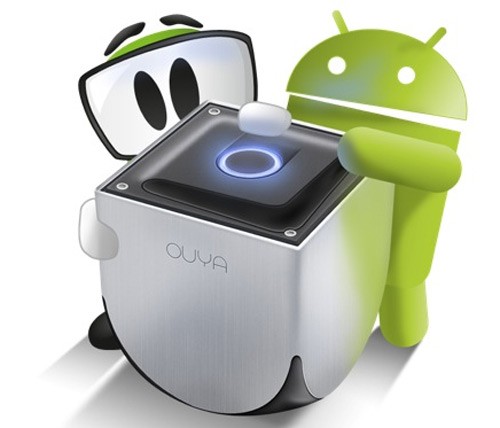
Image Credit: Engadget
Despite some of the negativity surrounding the OUYA, good news and support continues to roll out for the console. It’s been announced that apps like XBMC, iHeartRadio, VEVO and Twitch.TV will be available on their system. Games such as Shadowrun Online, Final Fantasy 3, Gunblitz, and even Robert Bowling’s Human Element prequel are to be part of the console’s game catalog. In fact, the streaming service OnLive will be part of the OUYA, bringing “top-tier games from more than 80 publishers.” Namco Bandai is even in talks with the OUYA team to see what they can bring to the fray.
A few well-known indie developers have expressed they’re cautiously optimistic, so I guess we all just have to wait and see come Spring next year. Even if the OUYA is overly ambitious, that shouldn’t be seen entirely as a bad thing. This along with Double Fine’s Kickstarter proves there’s a market for consumer-funded projects, and can revolutionize how the industry operates today.







